Thoughts on Analog Photography and the Leica R8
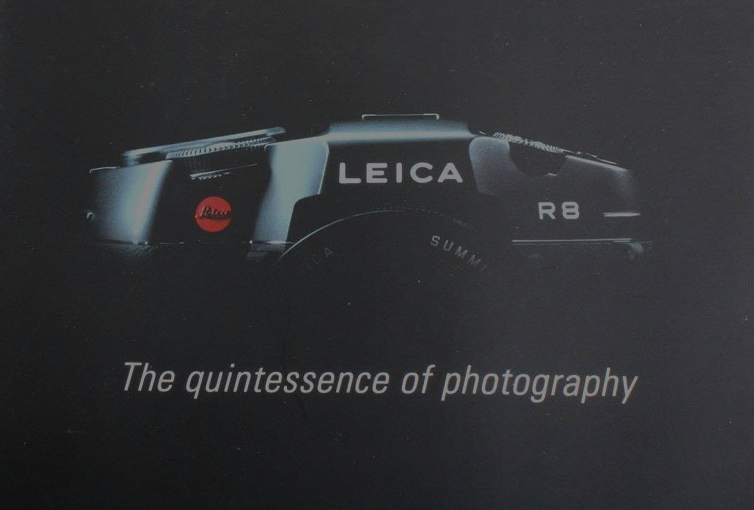
I still remember the times during my studies of media technology when I dreamed of someday owning a Leica camera. Although I was happy with the Nikon F2 SLR and Nikon 24mm f/2.8 setup I used during the photography classes I took at university, I kept longing for more. A close friend and I spent many nights debating used camera options available at local Leica dealers but always decided to stay away from it. To be completely honest, we dreamed mostly about rangefinder photography and the M System, but this felt out of reach (for reference: at this time the first digital M, the Leica M8 was about to be introduced). So we focussed on what we could realistically acquire on a student budget. At the time, it was a Leica R8 and we didn’t buy one.
This was about 15 years ago. One reason has been the price (at the time Leica still sold the Leica R9 as their current SLR model). Of course Leica has always been expensive and also remains pricy with age of the equipment. So we could have seen it as an investment all things considered. Another issue to stay away from the Leica R8 was the uprising of DSLR models from Nikon and Canon with half decent full size sensors at more competitive prices.
Leica never entered the DSLR market with the R series and subsequently discontinued its analog R9 SLR line on March 9, 2009. It’s digital medium format options with the S system remained unattractive, even as a used camera. To be fair, Leica introduced a digital module for the Leica R8 and R9 called DMR, making the R system the only hybrid analog digital SLR system that ever existed. However, it was and still is extremely expensive and provides a somewhat outdated resolution of 10 megapixels with a CCD sensor. Still, it was an absolutely amazing piece of technology. Check out this brochure, if you are interested.
To And From Digital Photography
I never owned a DSLR. Despite Nikon’s and Canon’s achievements, their newer cameras never spoke to me, mostly for reasons such as crop sensors or build size. The analog Nikon F2 is tiny compared to all DSLR models I have ever considered. For many years I chose mirror-less digital cameras with MFT (micro four thirds) lenses for their more compact size. All of them lacked an optical viewfinder. I never liked electronic viewfinders (EVF), although they are technically very decent these days. So I suffered through years of taking photos while looking at a screen rather than through a viewfinder. Still, I was quite happy with various Panasonic cameras and the lenses they developed in partnership with Leica. With iPhones getting better and better cameras however, more often than not I only used the phone’s camera. Long gone are the times where I would carry around heavy or bulky equipment. For some years now, I only used my iPhone for taking photos.
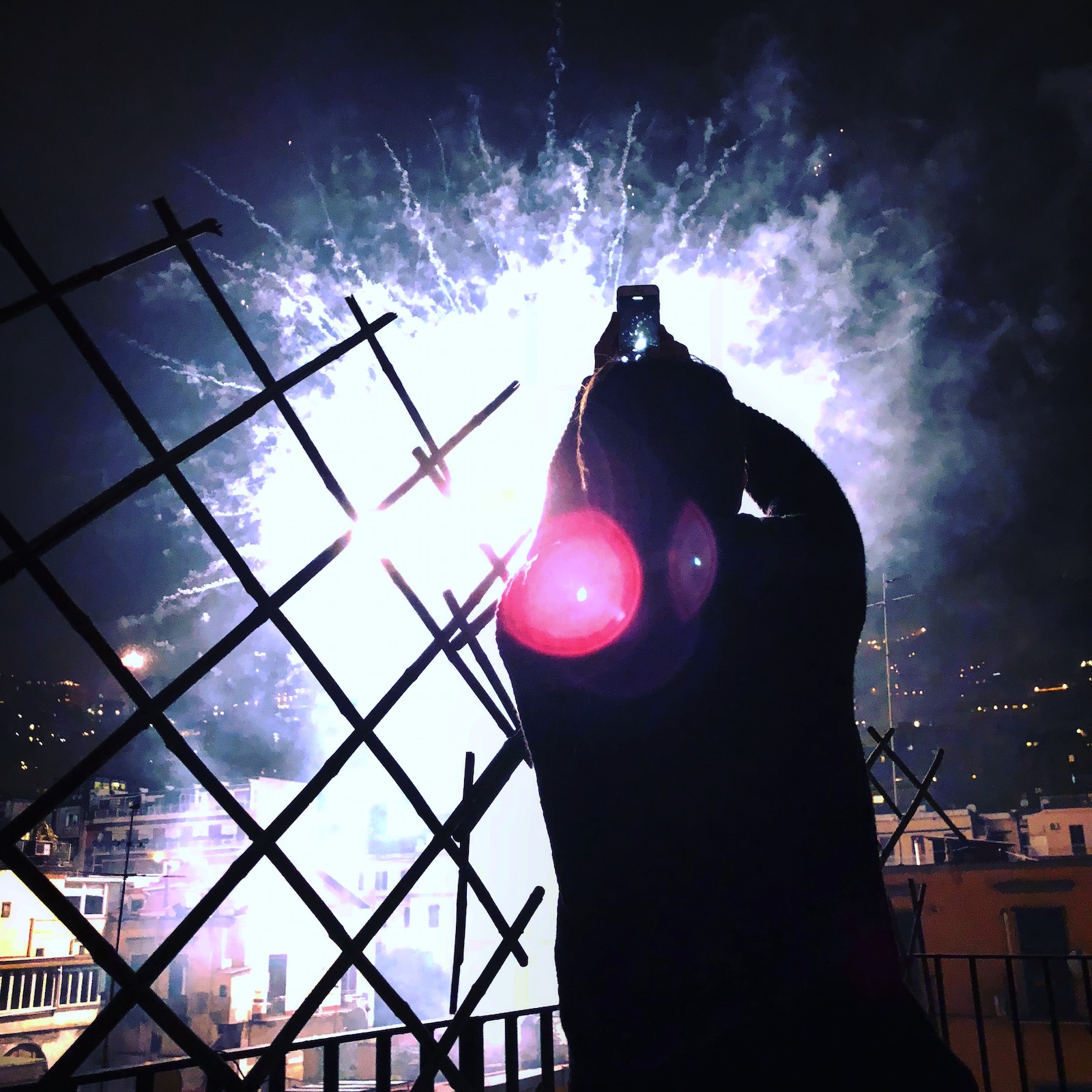
Nevertheless, the idea of Leica’s simplistic approach and upmost build quality made in Germany persisted in my mind over the years. Fascinated by romantic illusions about street photography, I always appreciated how Leica managed to keep their heritage alive. With some experiments in Leica’s digital realm (owning a Leica M8 for some time, selling it because of the crop sensor size), the appeal of Leica’s analog cameras has never seized to fascinate me. So out of coincidence, I opted for a used Leica R8 with two lenses that I found in a local classifieds ad. It was a split second decision during a one day stopover in Hamburg. The lenses are a Leitz Elmarit 35mm f/2.8 and a Leitz Vario-Elmar-R 70-210mm f/4.0 (rather a free add-on than a conscious choice for lens).
Ever since then I did nothing much with my Leica R8 kit. Several things changed since my last thorough reflection on choosing analog equipment in the digital age. So an orientational journey was in order, especially since I live in Napoli, Italy, and things are quite different here.
Why analog film?
At various times before, I considered going back to analog. It would provide a more conscious and more immersive photography experience, not speaking of the amazing and unique look of analog film. At least, that’s what I believe most of the time. It requires focus and deliberation as each shot costs money and it can only be reviewed at a later time. An analog camera also demands a more thorough understanding of photography principles such as composition and lighting (ISO, exposure and aperture). It makes the process of taking photos much slower. This is a good thing in my opinion. It helps with composition, anticipation and creating an specific look or feel. To some degree it is a highly reflective activity.

The possibilities of digital image processing are nearly limitless these days. It also allocates an enormous amount of the creative process to postproduction. With ever growing libraries of snapshots taken, I would prefer less post production and a larger number of consciously composed photos. Also, as my photography professor at the university always pointed out, analog film as a technology only reached its perfection long after digital cameras became mainstream. In fact, from a technical perspective, film still remains to be very competitive (if not even superior in some areas), but lets not get into that discussion at this point.
35mm analog film in the digital age
As it turned out, the analog film market is somewhat thriving in 2018, which is certainly different from the last time I looked. I witnessed the rebirth of 8mm film and instant film photography with The Impossible Project (now Polaroid Originals). But apparently I missed recent developments for the 35mm analog film.
Companies such as Kodak, Rollei and Ferrania have in fact announced or introduced NEW film material in 2017. Also, there are more in the making with various kickstarter projects and independent movements to strengten the analog photography scene. I appreciate initiatives such as Camera Ventures efforts to get more people into the game with their Five Steps on Getting into Analog Cameras. Also many “modern” professionals are switching back to analog. So things don’t look as grim as they used to for analog photography. I almost feel confident it might actually survive long term. So my Leica R8 might prove to be a long term investment after all.
Most interesting film choices for me at this moment are Ilford Delta or Kodak Tri-X for black and white photos and Kodak Porta or Ektar for color. Of course I would like to try Kodak Ektachrome, which is ready for shipment as of Photokina in September 2018 after more than 6 six years since its extinction. Despite the first films that were shipped in Agust 2018 still being beta material, I am super excited and can’t wait to try it out for myself. In my opinion, Fuji has somewhat lost his edge, so their film material is no longer interesting to me. I would be interested in trying some Lomography material as well, but I remain sceptic at this time.
Practical issues
Many people state that analog photography comes at costs of around 50 Cents per shot. This sounds much more reasonable then a few years ago. Still, these days it might be more difficult to find a shop to actually develop the film. Ten years ago, many drugstores still offered these services with acceptable quality (at least in Germany). Nowadays, good service providers are rare at best, especially in South Italy.
You could always opt to develop the films yourself. It would provide much more creative leeway and could possibly lower costs even more. Still, it requires time and a dedicated room and is less convenient for lifestyles involving lots of travel. For a digital nomad, it is certainly not an option. Ideally, a service provider would offer development and digitisation of the film material with post and digital delivery. These requirements are not so easy to meet.
Service Providers in Germany
As I once did with 8mm service providers, I took a look at various offers in Germany, such as Bestfotoservice, Cyberlab.at, Fotofachlabor Roland Wacker, Fotoimpex, Foto Leutner, Foto Media Print, Foto Meyer, Foto Weckbrodt, Jan Kopp, Mein Film Lab, Nimm Film, Photo Studio 13, Pixelnet and some others. I knew Jan Kopp in Hamburg from previous experience and can highly recommend the offered services. However, the services are not compatible in remote setup as it requires a personal on site presence in my opinion. Pixelnet is offering film development at 2,75 € per film with additional costs of 7,44 € for scans on a CD and 2,59 € for postal delivery within Germany. This sounds reasonable but still feels not very convenient. The scan resolution is not specified and many people don’t use optical discs anymore.
The only convincing service provider I found, was Mein Film Lab. They offer development and scanning services at various resolutions. Prices range from 10,93 € for 2430 x 2550 pixels to 16,81 € for 4500 x 6600 pixels. The services are outlined perfectly, they are transparent and offer any additional service I might require AND they deliver scans as downloads. With 36 frames on a 35mm film, prices would range between 30 Cents and 46 Cents per shot plus the cost of the film. This sounds good to me.
I am sure there are other firms who do this as well and I am not claiming this is a complete list. In the many hours I spent researching this however, I could only find so many. More importantly for me personally, I am still struggling to find an easy solution for me while I am in Napoli, Italy. Although many digital services that are very common in Germany are still not available in South Italy, analog film has apparently already disappeared from drug stores or any other type of shop entirely. Only very few photo shops offer development of the film and it takes about a week. So far, I was unable to find a suitable one-stop-shop solution to develop and digitize films I shot with Leica R8.
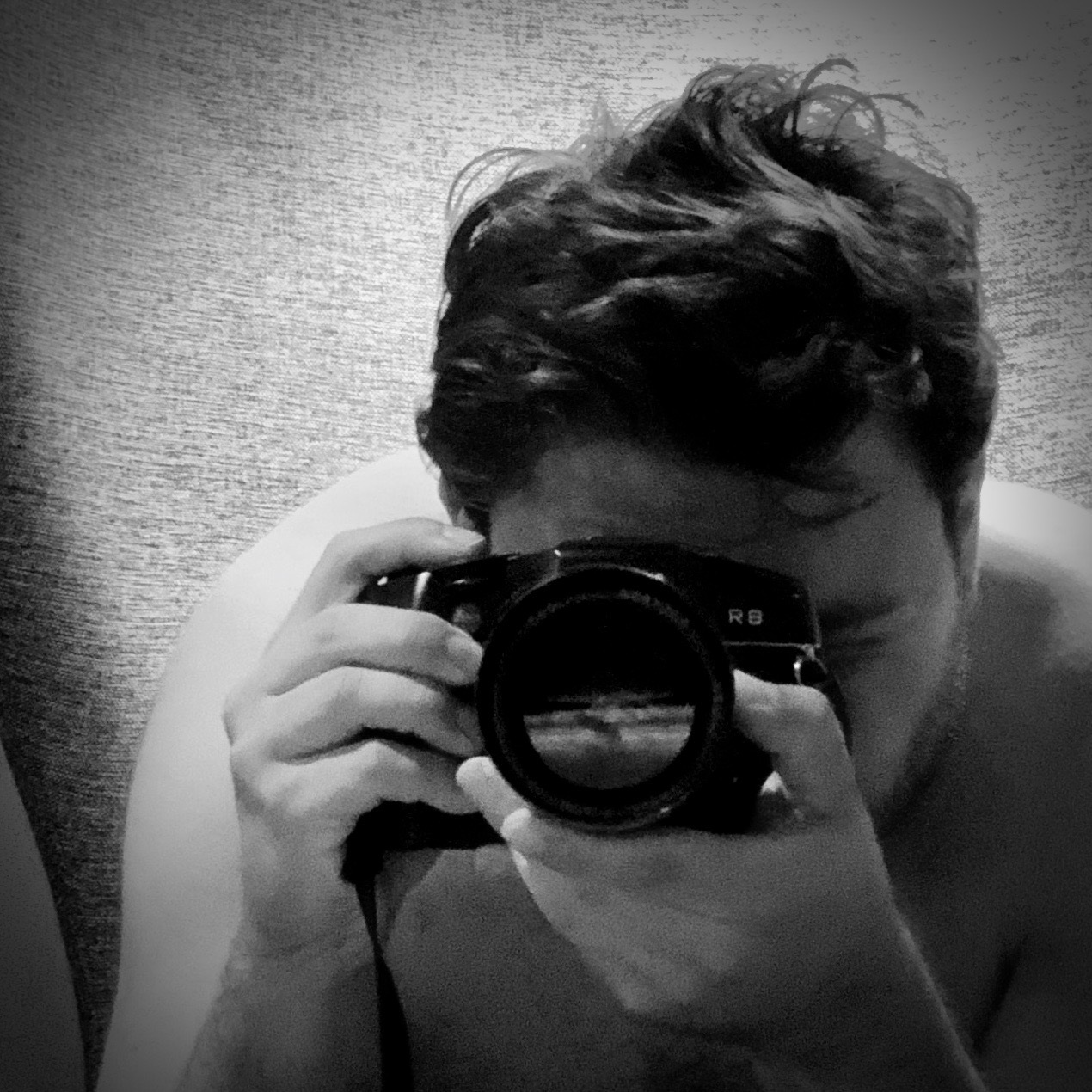
Scanning 35mm film
This kind of leads me back to angles I explored years ago, develop films at a photo service shop and scan them myself. Unfortunately, the advancements over the pas few years in the negative scanner market are moderate at best. Although very cheap solutions are now available, they offer very poor quality and low res JPG scans only. In the pro market, nothing changed really with the outdated and discontinued Scanners of previous industry giants like Nikon or Minolta still ranking top among the usual suspects such as Pacific Image or Plustek. Check out B&H Photo’s conclusive buyers guide, it’s the most complete and considerate summary I could find. This still means that below an investment of at least 500€ for a half decent negative scanner, there is not much to expect. Since I already scanned the entire family library of 35mm film during university, I don’t really see the justification for such an investment. More importantly, these solutions are not really portable and thereby disqualified for a nomadic lifestyle.
Final Thoughts
I am determined to try analog photography once again. With the recently acquired Leica R8 I have a timeless setup that provides all I could desire from a SLR. Still, I am already sure that my long-term destination will remain rangefinder photography. Despite my shared and also eternal appreciation of the Leica M system, it just makes sense for me. Rangefinder cameras of all vendors are small, light, low key and allow me to see the scene rather than the shot I am about to take. As an aficionado of urban narratives, it seems to be the tool of choice for me. Maybe you should read this brilliant article about yesterdays Leica cameras to appreciate what I am talking about.
If you want to get started with manual street photography (digital or analog), consider this introduction with useful tips by Eric Kim. It touches the most important aspects in my opinion. If you can’t afford a new or used Leica and always dreamed of trying one, you can apply at verleica.de and pitch your project to borrow a Leica M9 for a limited time. The site is operated by the infamous German photographer Paul Ripke, and I recommend checking it out. It might even lead to exposure of your work that you didn’t expect.
Related
One Comment
Leave a comment Cancel reply
This site uses Akismet to reduce spam. Learn how your comment data is processed.

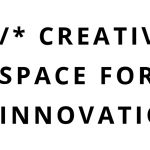
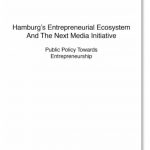
[…] fully assess the performance of the lenses. With the full frame SL they shined just as they used on my R8 and it was nice to use them again. Their look seemed quite unique to me, but this could just be […]